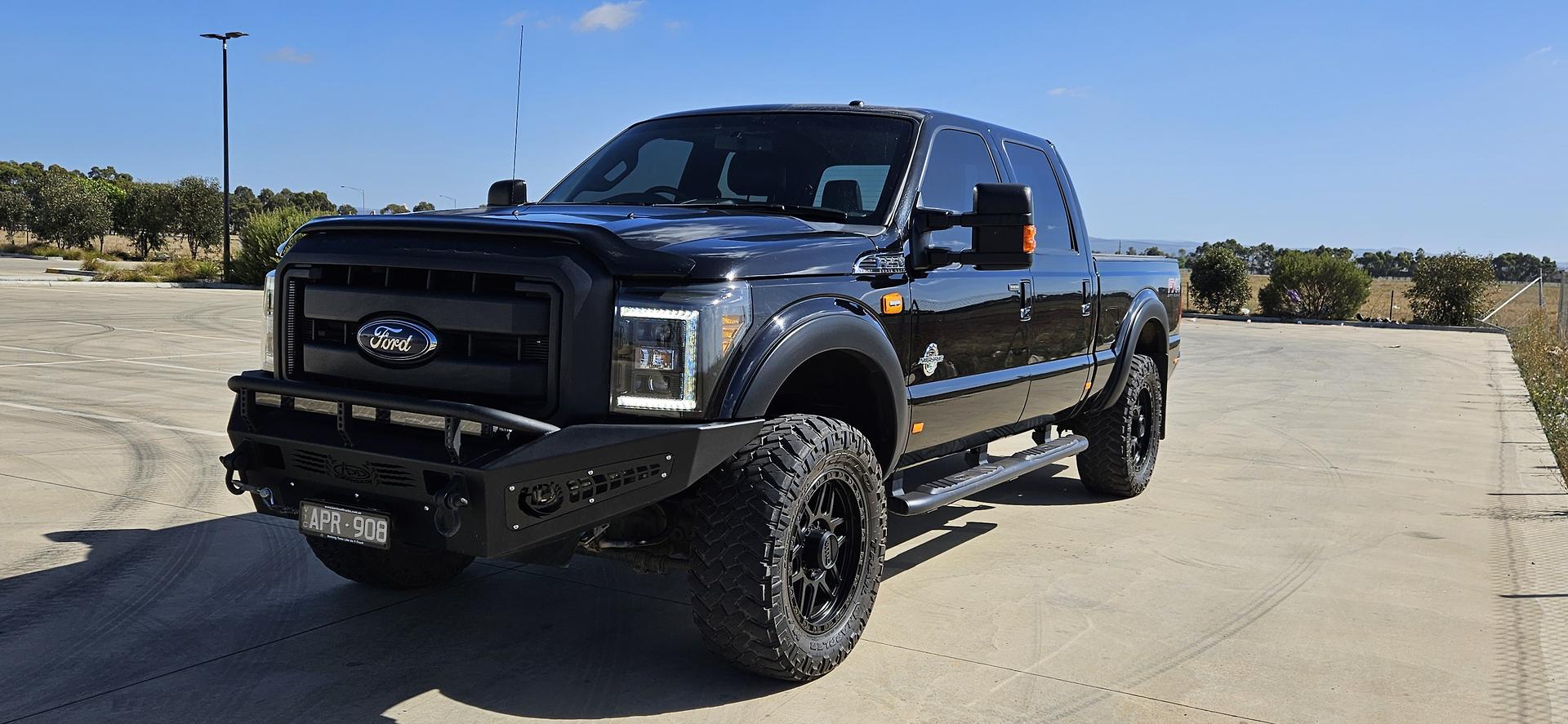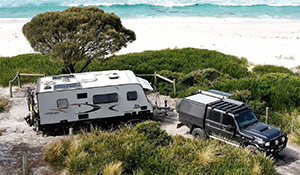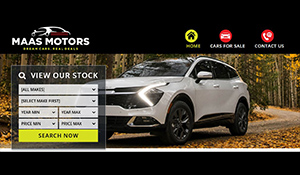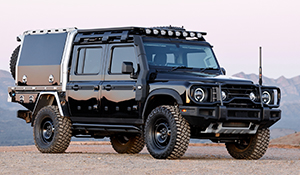Basic Upgrades Suspension
Words Dean Mellor

The standard suspension under your four-wheel drive might be perfectly suited to poking around town with a couple of people on board, but chances are it will be inadequate once you’re loaded up for a trip away and you’re driving along bumpy secondary roads or off-road tracks.
While most vehicle manufacturers are generally pretty good at sorting out suspension systems these days, and even invest heavily in local development and tuning, they simply cannot create a set-up to suit all of the people all of the time. After all, four-wheel drivers are quite a varied lot; while some of us simply like to use our vehicles to drive along the beach on the weekends, others are into rock crawling and some will want to equip their rigs with every accessory known to set off on a remote-area expedition.
There are several advantages to tailoring your vehicle’s suspension system to suit your specific usage, including improved on-road ride and handling, greater ground clearance for off-road driving, and superior load carrying capability.
So how do you choose an aftermarket suspension system that will best suit your vehicle and the usage you’ll subject it to? Read on…


More than a lift
While many four-wheel drivers think the primary function of an aftermarket suspension system is to provide more ground clearance, nothing could be further from the truth. In fact, suspension lifts exceeding 50mm are not permitted in most states in Australia, at least not without an engineer’s certificate. The reason is that an excessive lift can have a negative impact on a vehicle’s handling, as the centre of gravity is raised and overall suspension geometry is altered, which can affect steering. Too much lift can also place excessive strain on driveline components.
While increased ride height has obvious benefits for off-road driving, on some vehicles a lift of 50mm simply cannot be achieved due to suspension design and geometry. On the current model Nissan Navara, for example, only a 30-35mm lift can be achieved due to the design of the vehicle’s independent front suspension.


Far more important than a ride height increase is ensuring the suspension system you choose is suited to the weight your vehicle will be carrying. Most manufacturers and suppliers of aftermarket suspension systems will offer various kits for each vehicle to suit the accessories fitted to them, as well as the load they will be carrying. If, for example, your vehicle is equipped with a steel bull bar, winch and driving lights, it’s going to need heavier front springs than a vehicle with no accessories fitted. Or if you’re a tradie who regularly carries 400-500kg in the tray of your ute, you’ll need a heavier rear spring set-up than the bloke who only hauls a dirtbike on the weekends.
If you regularly tow a heavy trailer you’ll also need heavier springs in the rear of your vehicle, or a set of air bags that can be inflated when your trailer is hitched up and deflated when it’s not. If the springs are too soft when you’re towing, or when you have too much load on board, the rear-end of your vehicle will sag, which will in turn raise the front, taking weight off the front wheels and affecting steering and braking perfromance.
The first thing a suspension specialist should ask you when you’re looking for the right set-up for your vehicle is how much gear you’re going to be carrying. If you’re unsure of the answer, load up your vehicle as you would when travelling – driver, passenger, kids, dog, luggage, fuel, food, water, fridge, tent, spares, tools and accessories – and put it on a public weighbridge; the weight of your vehicle is the most critical aspect of getting the suspension right.


Driving conditions?
The second thing a suspension specialist should ask is where you intend to drive your vehicle. Do you use your four-wheel drive for commuting as well as off-road driving? Will you be driving long distances on corrugated gravel or tackling challenging off-road conditions where you’re likely to need all of your vehicle’s available wheel travel? Will you be doing a mix of all of the above?
No doubt you’ll have considered all of these questions prior to purchasing your vehicle, as some four-wheel drives are better suited to certain terrains and applications than others, but a well-sorted aftermarket suspension system is all about maximising the performance of your rig in the variety of conditions you’re likely to drive it.

Integrated systems
Most of the best aftermarket suspension set-ups are integrated systems that are sold as an overall package rather than a random collection of springs, shock absorbers, bushes and other components.
There will often be a choice of integrated systems to suit the weight you’ll be carrying. For example, any given suspension manufacturer/supplier might offer two or three front spring and damper kits to suit a specific model vehicle with no accessories, vehicles with a lightweight bull bar, and vehicles with a steel bull bar and winch. And at the rear there might be three options to suit a vehicle that usually carries a 0-300kg load, a constant 300kg load or a constant 500kg load.
It should be noted that just because a suspension system is labelled 0-300kg doesn’t mean it won’t handle a heavier load than 300kg. It simply implies that it’s been tailored to offer the best possible ride quality and performance when the load in the rear of the vehicle is between 0-300kg.
When it comes to shock absorbers, many manufacturers offer a variety of options. There are several design types, including mono-tube shock absorbers, twin-tube shocks, foam cell shocks, bypass shocks, shocks with remote reservoirs. As a general rule, the more expensive a shock the longer it’s likely to last, especially in rough conditions, but this is not always the case. When it comes to shock absorbers, stick with a proven brand. Reputable four-wheel drive suspension manufacturers, of which there are quite a few, will have tested their suspension kits over a wide variety of terrains on every specific vehicle model for which they sell an integrated set-up. If you’re doubtful, ask to see what information is available to back up a suspension manufacturer’s claims.


Towing
Those who regularly tow heavy trailers will have specific suspension requirements but, as a general rule, the idea is to keep your vehicle sitting as level as possible when the trailer is attached. This can be achieved by fitting heavier rear springs or equipping the vehicle with air bags or air-helper springs, both of which are well suited to those who only tow a trailer occasionally and who don’t want the harsh ride that heavy springs can produce when the vehicle is unladen and not towing.
Air bags are designed to compliment your vehicle’s rear coil or leaf springs. When you’re driving around unladen you can run them at low pressure to minimise the effect on ride quality, and when you have a heavy load on board, or you hitch up a trailer, you can pump up the airbags to the appropriate pressure, which gives the benefit of a heavier spring.


The final word
You’ll be amazed how much better your vehicle will ride and handle when equipped with a quality aftermarket suspension system. By tailoring the suspension to suit your individual requirements, you’ll not only be more comfortable, but also safer, both on the road and off it.










